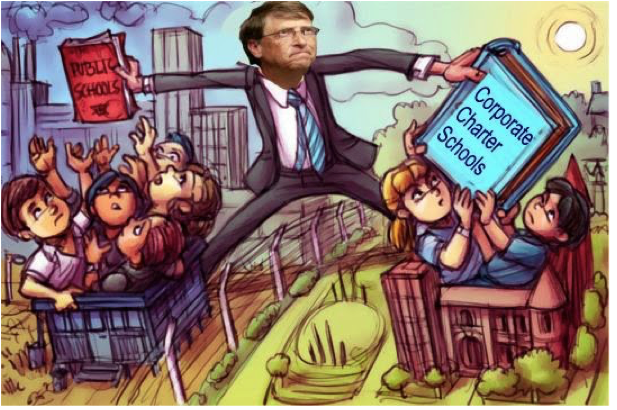CommentsEDUCATION POLITICS-Recently there was a piece on local NPR affiliate KPCC about how the homeless population, which disproportionately suffers from untreated mentally illnesses, has exploded in recent years. This story was told without ever mentioning that the State of California emptied out most of the state’s mental institutions during the 1960s and 1970s, releasing those who knew their names and what day of the week it was, irrespective of whether they were profoundly mentally ill and in dire need of treatment.
This was done to save money in the short-term so the State would not have to hospitalize the mentally ill and address their needs in a timely manner. This segment of the population did and does not have the political power to advocate on its own behalf.
At the time, State courts, having an undisclosed conflict of interest, determined that profoundly mentally ill people had the "civil right" to be free...and homeless. The fact that the State of California saved a short-term fortune back then is coming back to haunt everybody a half century later with an even more massive homeless population. And often, the term “mentally ill” is not even mentioned in the context of today's news about the homeless problem.
In brief, "news" regarding the homeless situation in the state is consistently presented without relevant historic facts and context. This is not an accident, but rather the conscious manipulation of the public to limit our options so that those in government and their corporate supporters -- who financially profit from this perverse system -- are never held accountable for prior improper actions, actions that could have been avoided if the democratic process had not been mismanaged.
But it is not necessary to go back half a century to find other illustrations of how the public is manipulated by not being presented with all options before deciding how to take action on a given issue. In the recent LAUSD Board elections for the 4th District, the only two candidates with financial support were either from the for-profit charter industry (Melvoin) or the corrupt UTLA union leadership (Zimmer.) Neither candidate ever addressed the important issues facing public education. And neither offered any ideas on how to fix what has purposefully been allowed to go wrong in public education.
Maybe this is why only 8% of the eligible voters bothered to vote in the LAUSD Board run-off elections. What's the purpose of voting when neither one of the candidates offers any hope for real change or ways to address the needs of the majority?
What do you think would happen in this country, if there was a third option on the ballot every election day: the chance to choose “none of the above?”
(Leonard Isenberg is a Los Angeles observer and a contributor to CityWatch. He was a second generation teacher at LAUSD and blogs at perdaily.com. Leonard can be reached at [email protected]) Edited for CityWatch by Linda Abrams.
-cw
Explore
Our mission is to promote and facilitate civic engagement and neighborhood empowerment, and to hold area government and its politicians accountable.

 CityWatch Los Angeles
Politics. Perspective. Participation.
CityWatch Los Angeles
Politics. Perspective. Participation.
29
Tue, Apr















